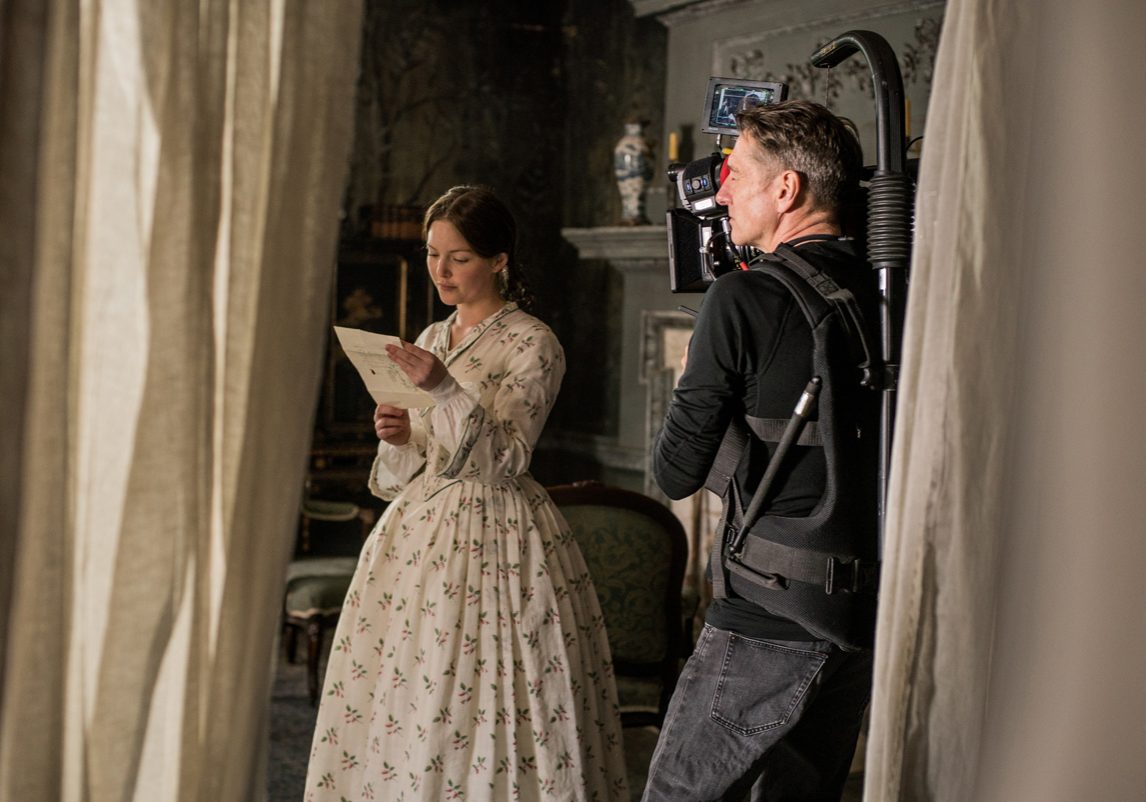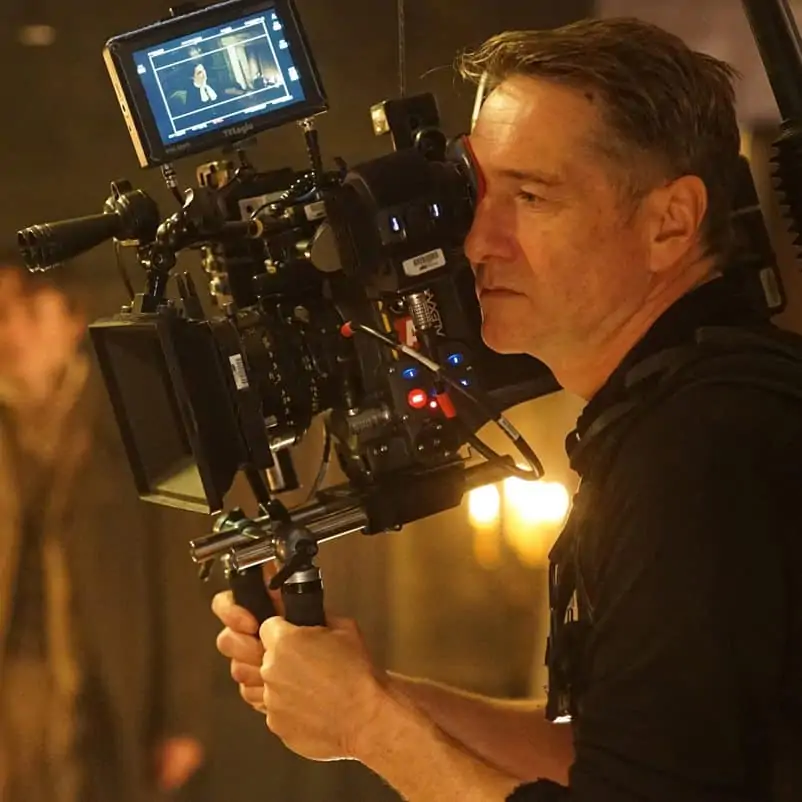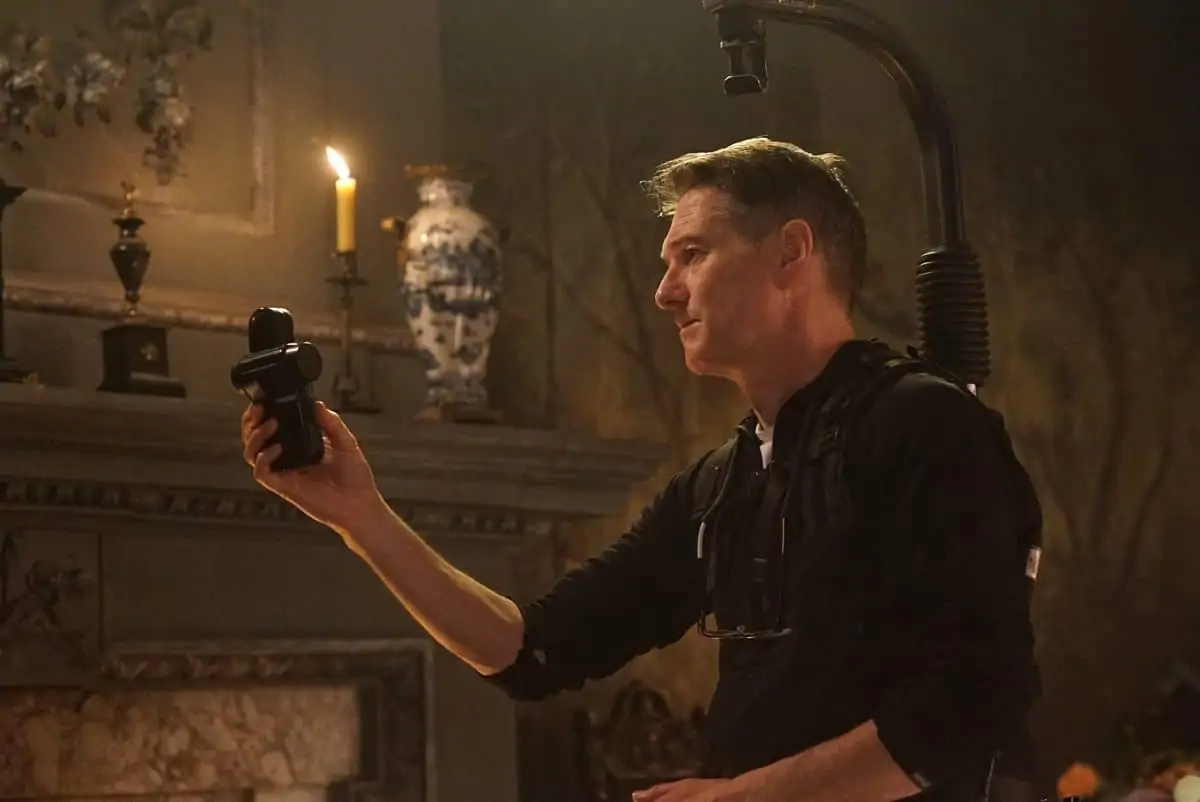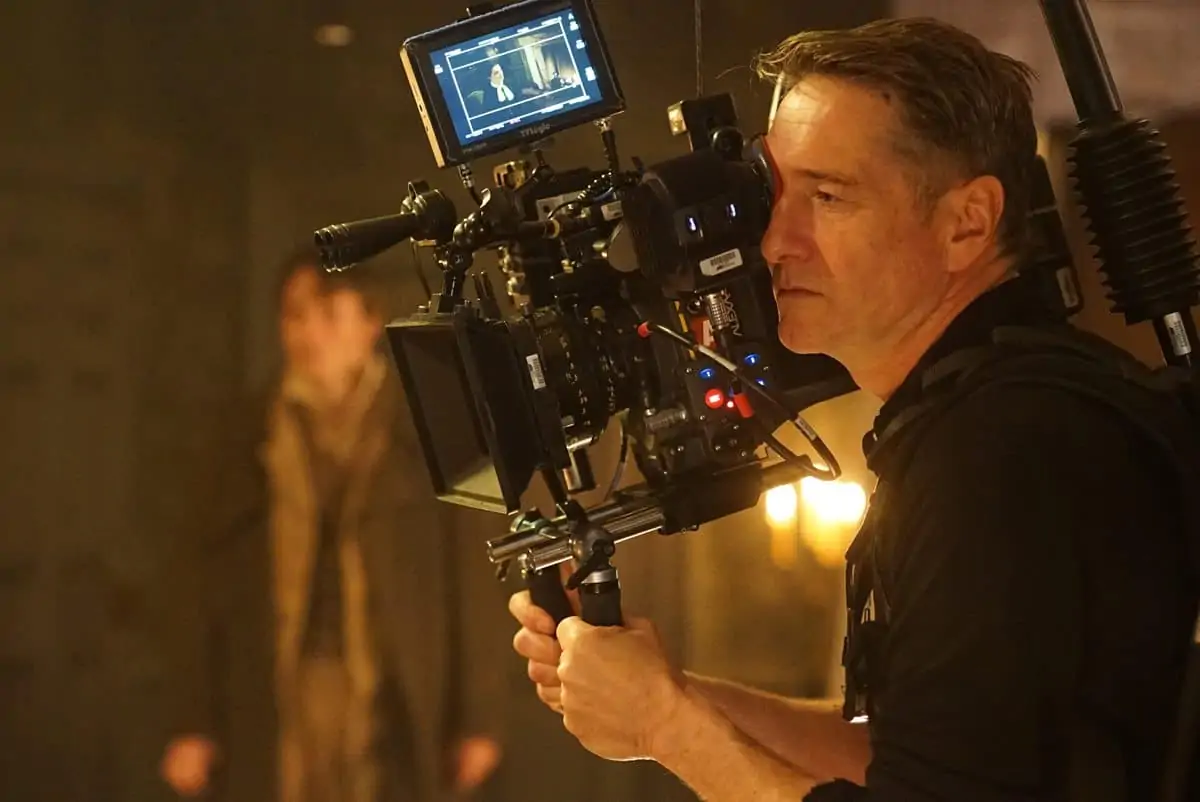May The Force Be With Us
President's Perspective / Mike Eley BSC

May The Force Be With Us
President's Perspective / Mike Eley BSC
2019 was the BSC's 70th Anniversary year, one during which the society's identity was celebrated and given a bit of a polish.
There were two particular highlights; the inaugural BSC Awards in February, which pulled in all the awards given by the society - cinematographic, operating and honorary - to one special night. It was a huge success and we look forward to the evening becoming a staple in the awards season. The other was in November when the society was honoured by the awards committee of Camerimage at the festival's return to Toruń.
Turning up to the festival for the first time - work commitments had always stymied my previous efforts to attend - I could see at last what a prestigious event it is, pulling in names from all over the world. The love and respect shown to the moving image and to cinematographers, both individually and en masse, was invigorating. I can see now why people return annually for their fix. The BSC being so honoured, it was a privilege for me to go up and receive a Golden Frog and address perhaps the most discerning audience one could ever find for cinematography. I was proud for many reasons, but mainly because we had just watched the brilliant BSC Anniversary showreel created by Phil Méheux BSC, which never fails to raise the hairs on the back of your neck.
But, as so often happens, when the party is over and one reflects, thoughts lend themselves to the future. I believe the British Society Of Cinematographers can be a far greater force for progress in our industry than it already is. Its reach can be further than it currently is. Its voice can be louder than it currently is. All this is a structural challenge as much as a philosophical one and, I hope, is something the board of governors and the members, together, can address in 2020.
"Every cinematographer, wherever they are working, and on whatever sized budget, represents not just their crew and the camera department but also their profession. The DP should consider themself a lynchpin for creative freedom on-set and fairness and due recognition for all those behind the camera."
- Mike Eley BSC
The tectonic plates of our industry are shifting. In the last edition of this magazine, editor Ron Prince talked about the coming cloud, the virtual home for all things prep, shoot and post. Tools are changing, pipelines are becoming faster and new practices are being established. Of primary concern, and what will ultimately drive both the television and film industry in the immediate future, is presentation. Where and how will people see the material we shoot? And how can we retain control of the image (or should that be "regain", since it feels much ground has been lost in the last decade or so)? We need to know what to preserve and what to embrace as part of a bright new tomorrow.
As ever, technology will lead the way; the future of big screen cinemas and their projectors, the advance and sheer ubiquity of hand-held devices, the increasing popularity of straight-to-view platform productions and home cinema set-ups. Martin Scorsese, interviewed recently about his Netflix production The Irishman, said, "Please don't watch it on your phone". This is what we've come to, when one of the most creative and cinematic film directors of our age feels compelled to plea that proper attention be given to his and his crews' work.
Let's not replace the most over-used on-set adage, "We'll fix it in post" with "They'll never see it".
But change (evolution, preservation; the two sides of our coin) also happens at a micro level. Every cinematographer, wherever they are working, and on whatever sized budget, represents not just their crew and the camera department but also their profession. The DP should consider themself a lynchpin for creative freedom on-set and fairness and due recognition for all those behind the camera.
It is a crucial role and one we would do well to remember amid this evolution. Two people on any given set are charged with setting the tone - the director and the director of photography. True, the collective can create its own atmosphere, or the clique can provide its own bubble within a bubble, but the creative nexus, the accumulation of every department's work happens around the lens. The camera is the auditorium and proscenium arch.
It would be easy to think that we are fast moving away from the human touch, the sensibilities that bring forth a performance from an actor or the instinct that composes the picture. But technological innovation is itself a human touch. It is guided by, well, us basically and made real by the geniuses who make the tools.
Being passive observers to whatever changes come our way is not an option. Perhaps evolution will see "union" and "society" - both celebrating common purpose but coming from different directions - leaning in toward a middle ground. Both rely on active members. And unless those members are part of the conversation, irrelevancy and atrophy beckon.
Mike Eley BSC
President
British Society Of Cinematographers



